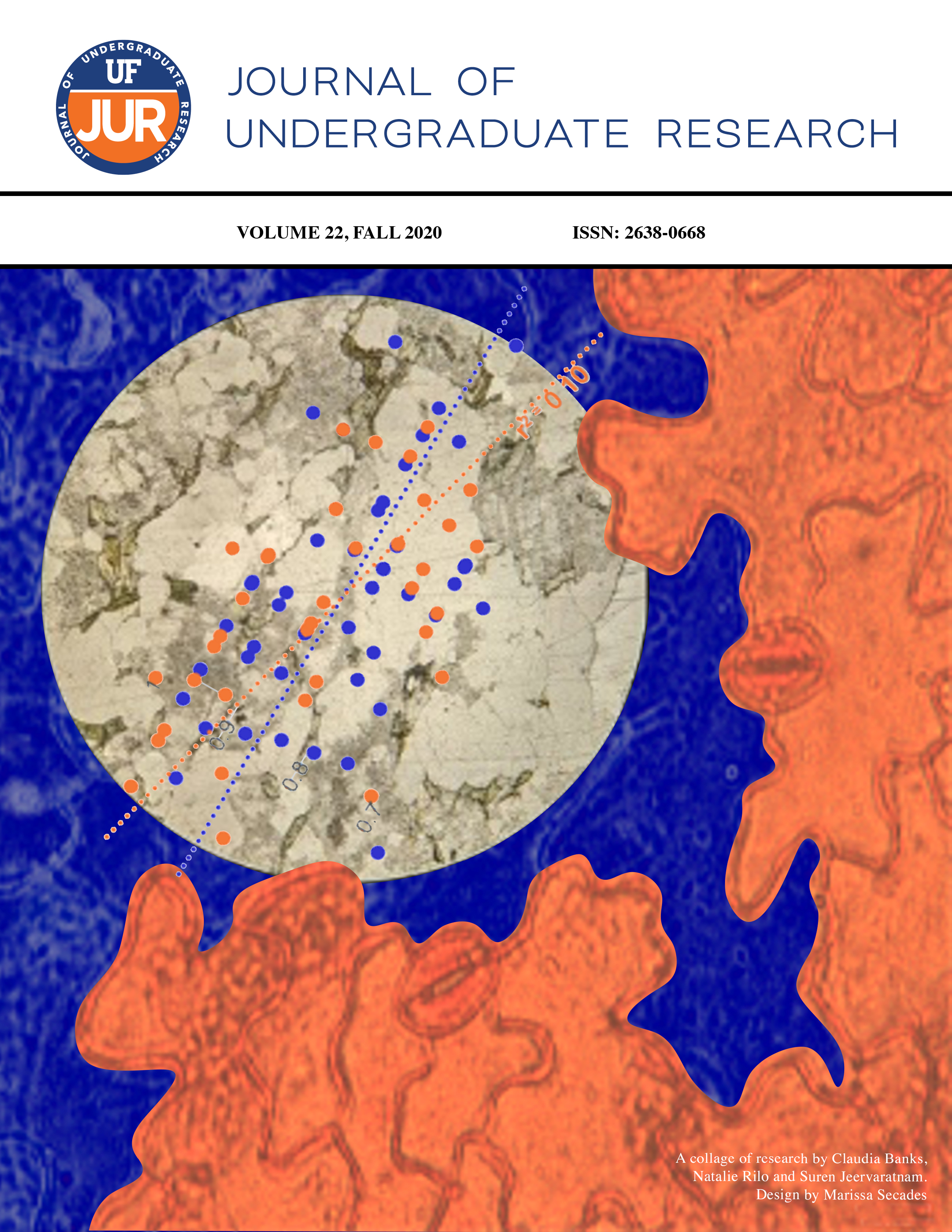Implementing Virtual Reality Headsets in Design Education
Identifying Springboards and Barriers to Success
DOI:
https://doi.org/10.32473/ufjur.v22i0.121788Keywords:
virtual reality, education, interior designAbstract
While Virtual Reality (VR) is now widely used as a final design presentation tool, little research focuses on the role of VR during design development processes in design education. However, properly positioned and pedagogically researched VR holds great potential for helping students make better design decisions to support end-users with diverse needs. This research seeks to connect the value of VR as not only a presentation medium but also as a “perspective taking” tool to help students develop better design solutions. Undergraduate Interior Design students (n=15) were recruited to experience their already completed studio projects of a retail store design as a VR character in a virtual wheelchair. Each participant was asked to assess the effectiveness of their design solution for wheelchair users before and after the intervention. The interactions students had during their VR sessions were recorded and content analyzed for emerging themes. Although the sample size was small to achieve statistical power, qualitative findings revealed numerous perceptual shifts as students identified problems for wheelchair users in their design solutions.
Metrics
Downloads
Published
Issue
Section
License
Some journals stipulate that submitted articles cannot be under consideration for publication or published in another journal. The student-author and mentor have the option of determining which journal the paper will be submitted to first. UF JUR accepts papers that have been published in other journals or might be published in the future. It is the responsibility of the student-author and mentor to determine whether another journal will accept a paper that has been published in UF JUR.

